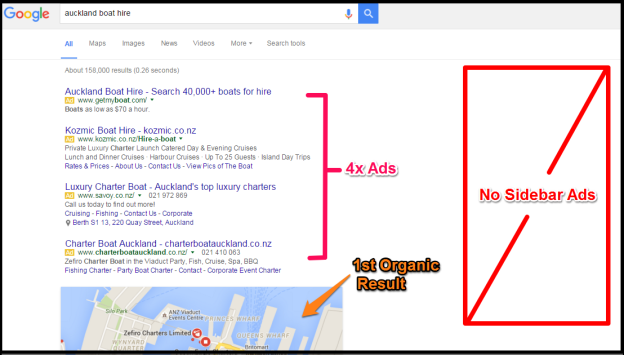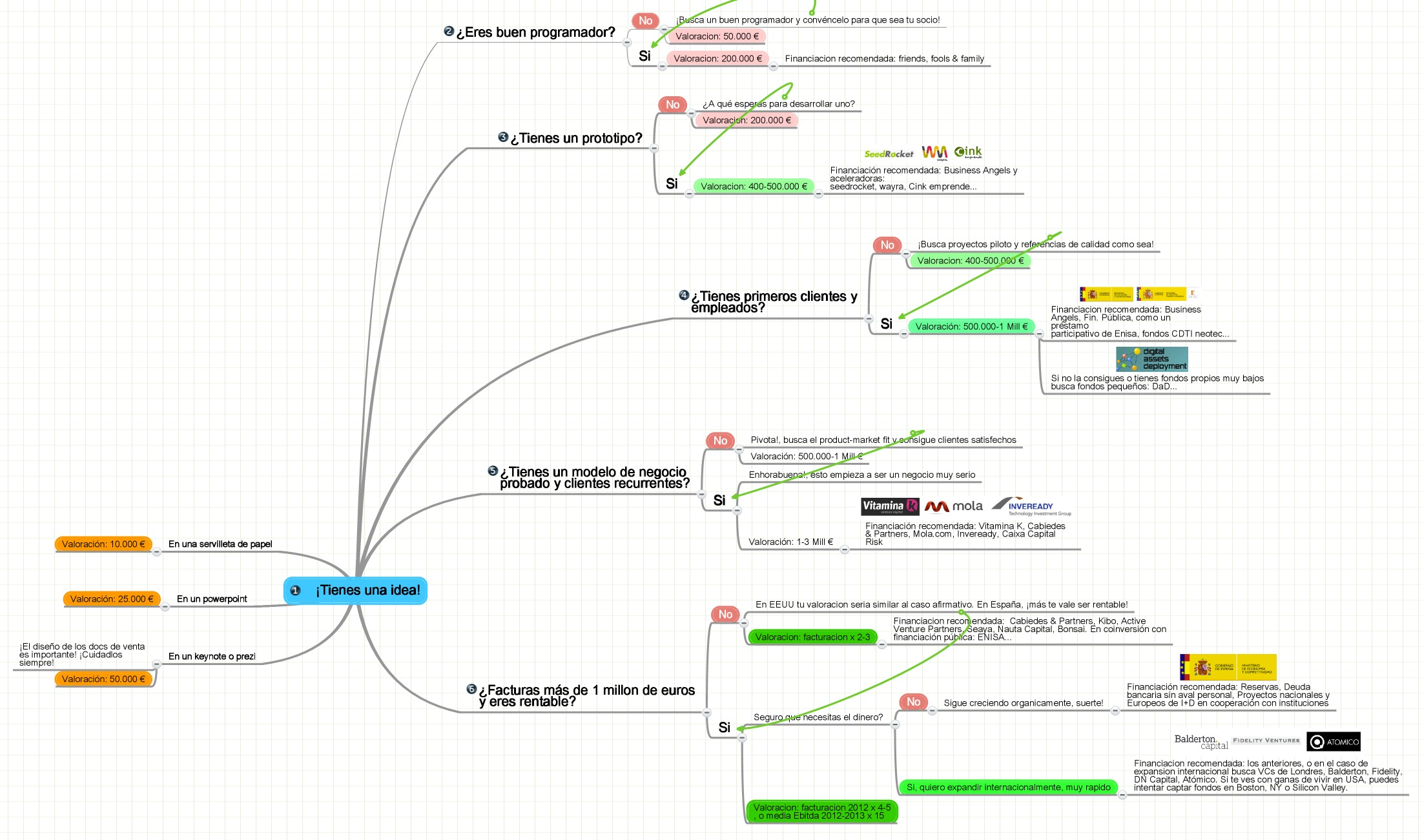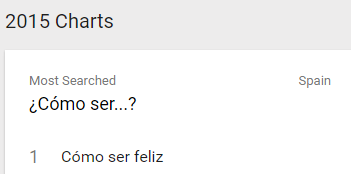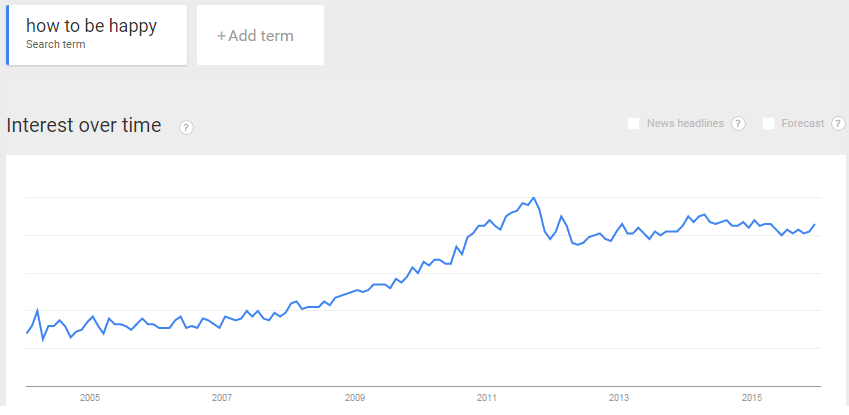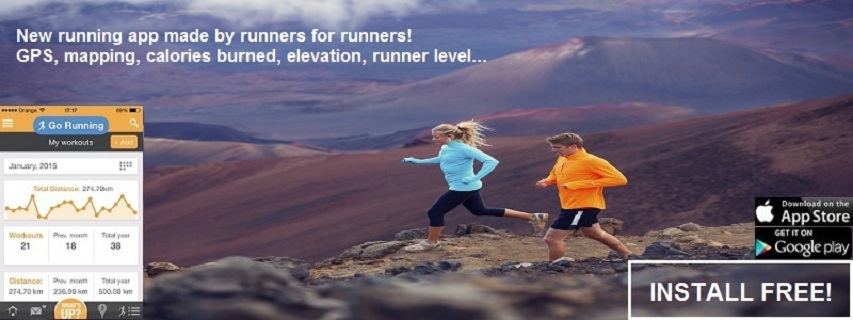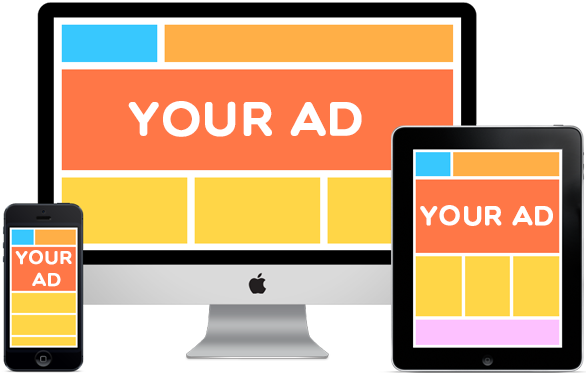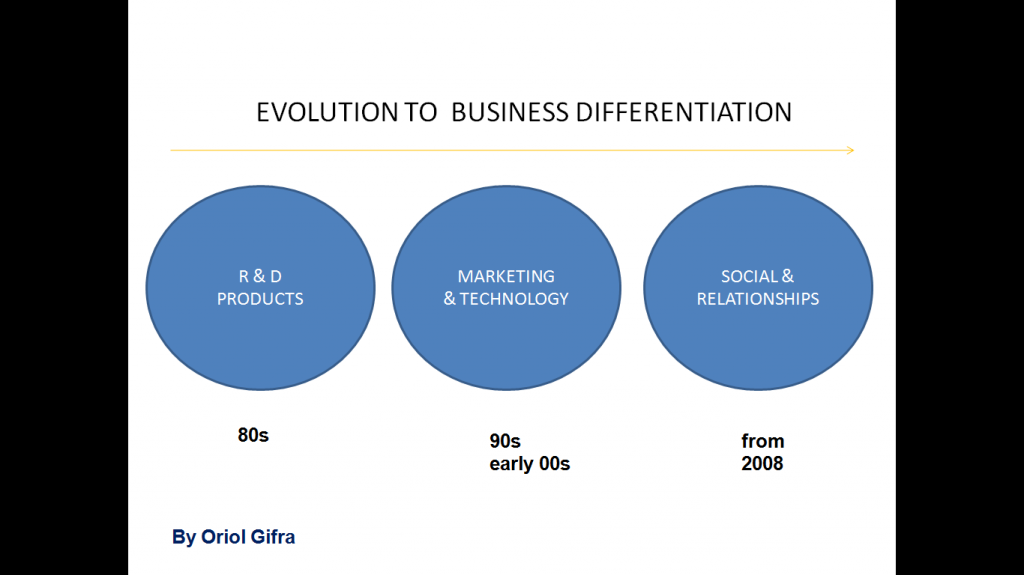The reputation marketing field has evolved from the marriage of the fields of reputation management and brand marketing.
Recently myself experienced two very different customer experiences:
On one side I travelled with my family for Christmas Holidays. Before travelling I choosed though Booking.com a small hotel in a small town north Catalonia, at the Empordà Area.
My decision, like thousands of others made by people like me looking for an hotel (or restaurant or any other product or service) was based upon the hotel rating at Booking.com. And I can said it was correct the rating and the hotel was very nice place to stay.
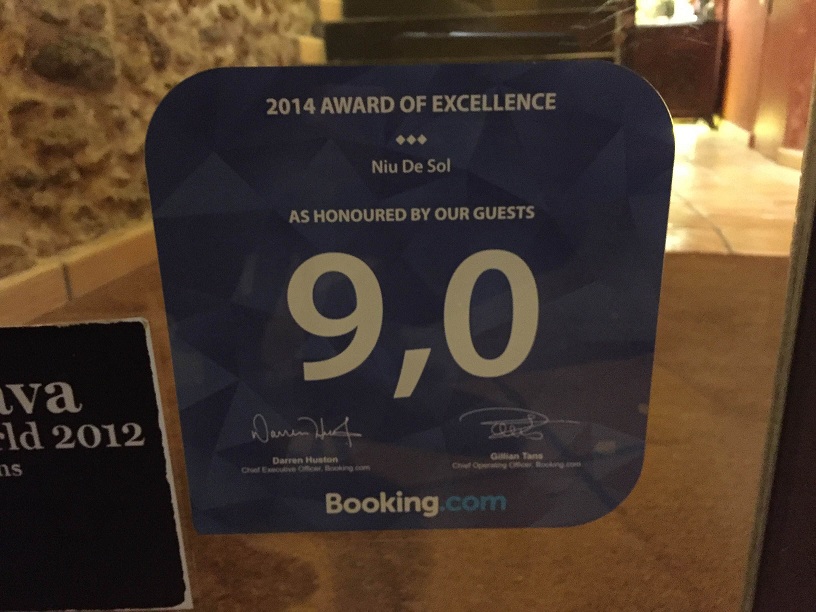
According to a research most of consumers read customer reviews, and trust those reviews as much as personal recommendations.
Key ‘Takeaways’ From Research:
- 92% of consumers now read online reviews (vs. 88% in 2014)
- 40% of consumers form an opinion by reading just 1-3 reviews (vs. 29% in 2014)
- Star rating is #1 factor used by consumers to judge a business
- 44% say a review must be written within 1 month to be relevant
- Only 13% of consumers consider using a business that has a 1 or 2 star rating
- 68% say positive reviews make them trust a local business more (vs. 72% in 2014)
- Consumers are becoming more concerned about fake reviews
This is a good practice to take care about your customers, the servie your provide to them… as they are not only payers… they are trully your brand ambassadors and salesforce.
The opposite side of my holidays I experienced yestarday, on 31th Dec. I went to Junior Sports Club, my Sports Club were I and my family used to go. Because it was the last day of the year they reduced the normal opening schedule closing before as it was an normal day. I fully undestood that.
My surprise came when I went to do some cycling in the morning, because as explained they closed in the evening. They did not allow my to access because I only pay for afternoon-evening access. Although it was a special day (last day of the year) an they has closed at the time I use to go, they did not allow my to access.
After arguing with receptionist it was not possible to access, so I decided quit as a customer.
I expose this personal case here, because I think it is useful to analyze from the reputation marketing point of view.
The unfair decision taken by the Junior Sports Club has the following impact:
- Lose a customer of around 1,500€/year value (access fee + other year expenses such restaurant, etc…)
- Born of a “maleware” brand ambassador, who instead recommending the Club, will probably do the opposite (do not recommend =avoid this place). This time of consumers are very dangerous, because is not that they do not recommend, it is that usually when asked they do the opposite, recommend “to do not (go/eat/buy)”.
- It cost 7 times more get a new customer than loyalize.
The bad reputation spreading is very dangerous and the risk depends basically on to 2 factors:
- Degree of activity of the angry customer, who may want be active in writing, rating and sharing/spreading his bad experience with everyone on the internet.
- Degree of influence, it is, how connected is the customer on Social Media. Has him many fans/followers?
Recommendations to deal with Reputation Marketing crisis:
1.Create an excellent Customer Care assistance, where customer is first. It means:
a) Fast and personal assistance
b) Fast and excellent problem solution
c) Avoid arguing with the customer.
d) Problem should be seen as a “brand free advertising” opportunity if it is solvented and customer goes from angry to happiness fast.
2. Solvent the problem first, then manage it internally
Avoid problems go outside. Solvent problems first & fast, and then manage it internally.
3. Time is key
Act fast, in Real Time. Time runs against you as it gives customer the chance to start trying manage the problem by himself and his way, and usually it is the starting point of the bad reputation path.
 Sigues el primer en comentar
Tweet
Sigues el primer en comentar
Tweet




